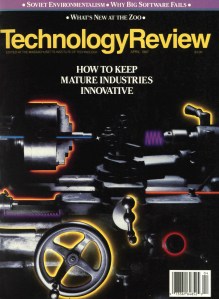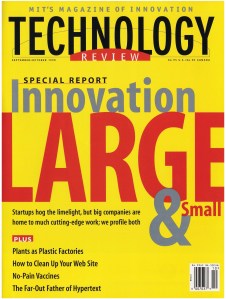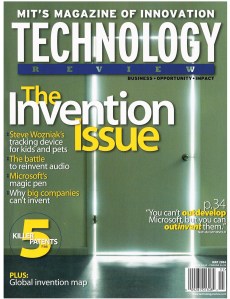April 1987

From “How to Keep Mature Industries Innovative”: Basic American ways of thinking must change. We are used to the notion that the only way to encourage innovation is to remove obstacles to competition, including private agreements by firms to limit their freedom of action. Recently, economists, public officials, and business managers have begun to concede that the idea of competition as unlimited freedom can be a barrier to innovation. Through joint ventures and participation in collective research efforts, firms are learning that cooperation can be crucial in developing profitable ideas. States such as Michigan and Massachusetts have instituted programs aimed at revitalizing the automobile-parts, cutting-tool, and apparel industries. These programs are helping the state governments understand how to foster the necessary cooperation among firms, and between management and labor.
September/October 1998

From “Bell Labs Is Dead, Long Live Bell Labs”: Basic research has not disappeared, as the critics claim. Scores of scientists continue to pursue dreams that may not pay off for decades … [Astrophysicist Tony] Tyson says the dynamic for discovery may actually be better now than at any time since the 1950s. An increased focus on relevance has put short-term pressures on researchers and made it harder to pursue “pure” science. However, he states, “I think it’s healthy to have this tension. Otherwise you’re just sitting in the Ivory Tower doing nothing for anybody. It really does help to be immersed in the needs of the corporation at the same time you’re trying to make some new discovery. If you’re immersed in other cross streams of technology, of ideas, of demands … that’s a very rich environment for completely new ideas to spring forward.”
May 2004



